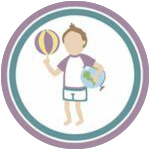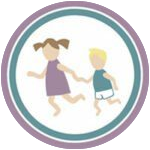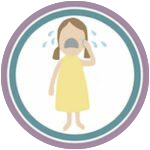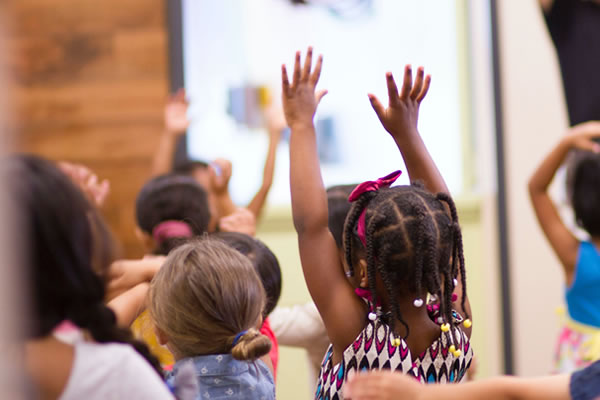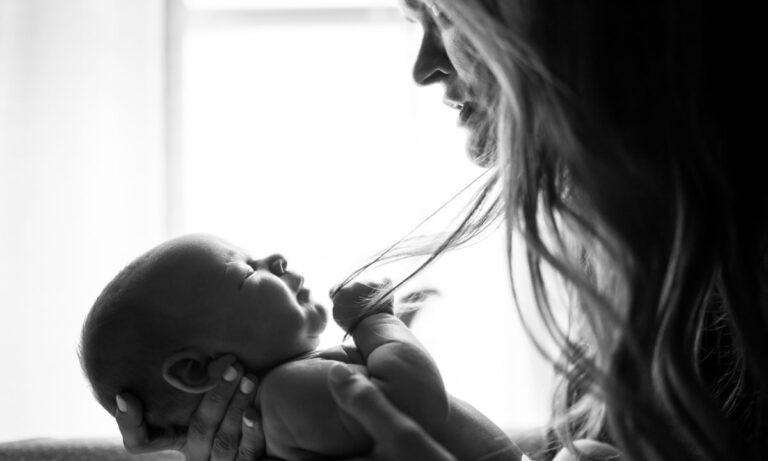At the piano, 3-year-old Lennon plays random sounds. “Why don’t you teach him to play?” asks my visitor from the East Coast, who knows that I am a pianist. “He is learning,” I say. “I can never match the effectiveness of this natural way of mastering a skill.” My friend looks at me doubtfully. “When you come again for a visit next year you’ll see,” I say. Even though I have no idea where Lennon’s playing is going, I figure she’ll see growth in whatever he will do as long as he is free to play.
How many parents and teachers are concerned when a day goes by with play and play and more play? “When will she learn if she plays all day?”
Is play really a waste of time? Did nature goof when all cubs, including humans, are born with a drive and an ability to play?
For me, child rearing has been a continual test of my ability to trust. Should I physically make sure that my child learns to crawl? Walk? Talk? How about “Talk and Walk Class for Toddlers 101”? Interestingly, language is the hardest thing to learn, and children do it all on their own. In fact, the speediest learning in humans occurs in the youngest years, when children generally play all day. Maybe nature didn’t goof – maybe I can trust.
So I trusted in nature from day one and noticed an interesting thing: children play, and their best learning happens through play. Children are designed to be curious. From birth on, they want to know and figure out everything. Children are driven to succeed. They are constantly challenging themselves and can actually accomplish it all through a biologically implanted process that we call play.
If children played all their childhood (I mean it), they would be ready for life. They would be emotionally strong (providing no other damage has been done) and would have all the basic skills to handle life. Our anxiety for children to know certain things at specific ages is an enormous obstacle to trusting and allowing their natural development. When children play, they are the only qualified authors of this magical process. It is rarely too late to acquire knowledge, but often it is dangerously too early and out of harmony with the internal journey of the child.
Trusting children to direct their own play has immediate advantages: 1) The child is likely to do exactly what is best for her emotionally, intellectually, and socially. 2) There is no worry about age appropriateness, and no guesswork about what or how to play or learn. The child is his own best expert on timing as well. 3) Even adequate exposure to needed information is mostly taken care of. Life, as it is, can provide too much exposure in our times. Children will select that which applies to their personal needs. We can share our lives with them, our interests, friends, loves, frustrations, and activities… and they will observe, learn, and let us know of their needs in their own playful ways. Children who are allowed to play and direct their own path will study anything to get them where they want to go.
What kind of play is so effective in growth and learning? The answer is simple: self-initiated, self-directed play. To foster such play, we need to get out of the way and get manipulative toys out of the way as well. Our intervention and input actually get in the way. It is obvious why negative input is destructive, but not so obvious that positive input is just as destructive: When Nina, age two, builds a tower of blocks, she is driven by a pure interest and joy of creation and learning. When Dad looks at her creation and exclaims enthusiasm, Nina shifts her interest from her blocks to the purpose of inducing an enthusiastic reaction out of Dad. This can build up over the years to a dependency upon adult evaluation and result in a lack of self-trust and a loss of interest in doing for its own sake. The pleasing child is constantly dependent upon her success to living up to parental expectations and can lose touch with who she really is, and what she is interested in.1
Science Play
One day, Yonatan and Lennon took covers of pots from the kitchen and twirled them in such a way that they spun like tops on the floor. Then they filled the covers with colorful items and witnessed a variety of shape and color changes as the covers spun. In the twirling play, they created combinations by changing shapes and colors, observed results, and then changed the items in the pot covers accordingly to create different results. The two young scientists were initiating, communicating, acting, and observing the laws of the universe.
I call these types of activities scientific play or learning the nature of a phenomenon. Children with access to nature (a yard, trees, sand, stones, sticks…), as well as the kitchen and all other safe items and furniture inside the home, will make a lab of reality out of every space. When visitors come to my home and it isn’t tidy, I say as a matter of fact, “Oh, excuse the mess, there are three young scientists studying reality.” The methods of children are identical to those of scientists. Manipulate and observe, listen or sense the results, and so on.
For children, life is play and play is learning. Tofu may be food for us, but for our son last night it was a topographic map of our island. Headbands become arrows to shoot at a target with amazing skill. The swing can twirl by twisting it, and then it goes back the other way. The possibilities are endless. Even though they don’t always put what they have learned into words or equations, they do learn. Naming things isn’t the discovery – it’s grasping the phenomenon itself that matters. In science play, children experience reality as well as learn about their own power to create and influence scientific phenomena.
Social and Emotional Play
All play that includes more than one person is social. When a child plays with another (of any age, including adults), social skills are being learned as the playmate’s feelings and needs have to be taken into account.
Specific social training occurs when children “rehearse” life. Playing pretend games in which children play roles of parents, animals, plants, etc., is a way to assimilate reality, alleviate fears and try it all out.
Pretend play is also a great therapy. The young therapists discharge their emotions into play. A parent complained to me once that her children kept pretending that their house was on fire. They were running through the house with scarves as flames, alerting everyone to the danger and then quenching it with great noise and satisfaction. Living in the country, this family uses wood for heat and they teach their children to stay away from the fire. The children are rehearsing, drilling themselves into the worst-case scenario, and alleviating their fear by gaining experience.
Limits and Discipline
One of the most striking qualities of children’s play is the many rules they form and how strict they are about them.
I recall a group of about a dozen children, of mixed ages 4 – 10, jumping on one big trampoline. Within minutes, it was obvious to the children that it was too crowded to be fun. Very quickly, they came up with the rule: “three at a time”. A couple of them started chanting “three at a time”, others joined the chant and then sat down on one end, letting three children at a time enjoy the jump. Rules pass from generation to generation or are created as needed and children keep the rules and learn social grace, discipline, and limits.
Parent’s Role
We are children, too. We love to have an important role in the magical unfolding of humans. However, there are no grand roles for us grown-ups: true creative play needs no active encouragement or support. And no, we don’t need to be the source of the fun or do much entertaining.
We are the invisible net of support and safety. We get to encourage play by deduction – by not intervening or interrupting, and by not showing preference for classroom-type activity. Instead, we can give the child a sense of total approval of her choices and actions. Respecting the scientist’s “work” (his play), we are responsible for exposing but not imposing.
When children want our participation, we need to play authentically. We need to be interested – not interesting; let the child lead the game, and we join like true partners. No evaluations, praise, or leadership, and no exaggerated enthusiasm either – just being an authentic and equal partner.
Children are great playmates to children precisely because they are authentic. Children don’t need to be of the same or even similar ages to play together, and they do best when they choose their own playmates.
Life is a game. Perhaps adults have matured and forgotten this essential element of life called play. We have become serious and have made an artificial distinction between play and work and between play and study. Our children are here to teach us to lighten up, put a spark in our eyes and Play Life.
©Copyright Naomi Aldort
Reprinted and revised with permission from The Nurturing Parent, an international publication supporting attachment parenting.



